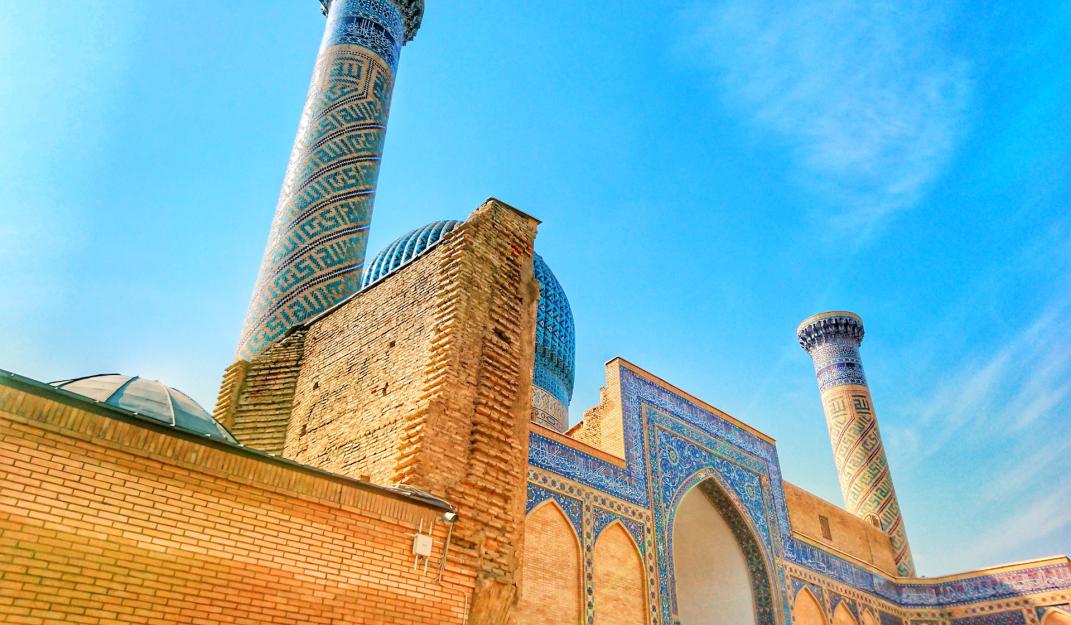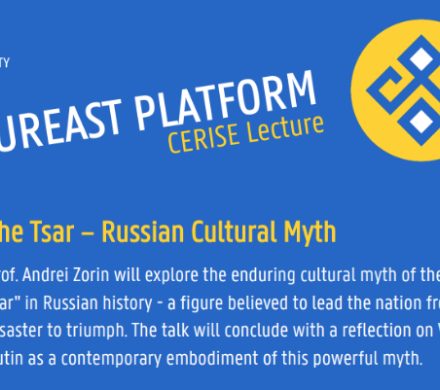
This paper offers a rebuttal to the long-standing narrative about a prohibition on the development of cotton mills in Tsarist Central Asia. Instead, the paper reconstructs the real story of a Bukharan Jew (Abramov) who strenuously attempted to establish a mill close to Samarkand – until the 1917 revolution put an end to these hopes. Using archival documents from St. Petersburg and Tashkent, this paper identifies three obstacles faced by Abramov: first, the complexity of land and water rights in Tsarist colonial settings; second, antisemitism among colonial officers at all levels; and third, scepticism and opposition among the local Muslim population. The story that emerges is a valuable case-study for the history of capitalism and industrialisation in Tsarist Turkestan, while its later historiography reveals a chain of misunderstandings and ideological manipulations that deserve re-evaluation.
Dr. Beatrice Penati is Lecturer in Russian and Eurasian History at Liverpool University. She is a historian of Central Asia under Imperial Russian and Soviet rule, and specializes in the history of economic policy, taxation, agriculture and environment in the region. A leading scholar of economic relations between Central Asia and Moscow, Dr. Penati is the author of The Hunt for Red Orient: A Soviet Industrial Trest Between Moscow and Bukhara, 1922-1929 (Pittsburgh University Press, 2016), and has published in Kritika, Central Asian Survey, Ab Imperio, Modern Asian Studies, and elsewhere.
You don't need to register for this lecture.





